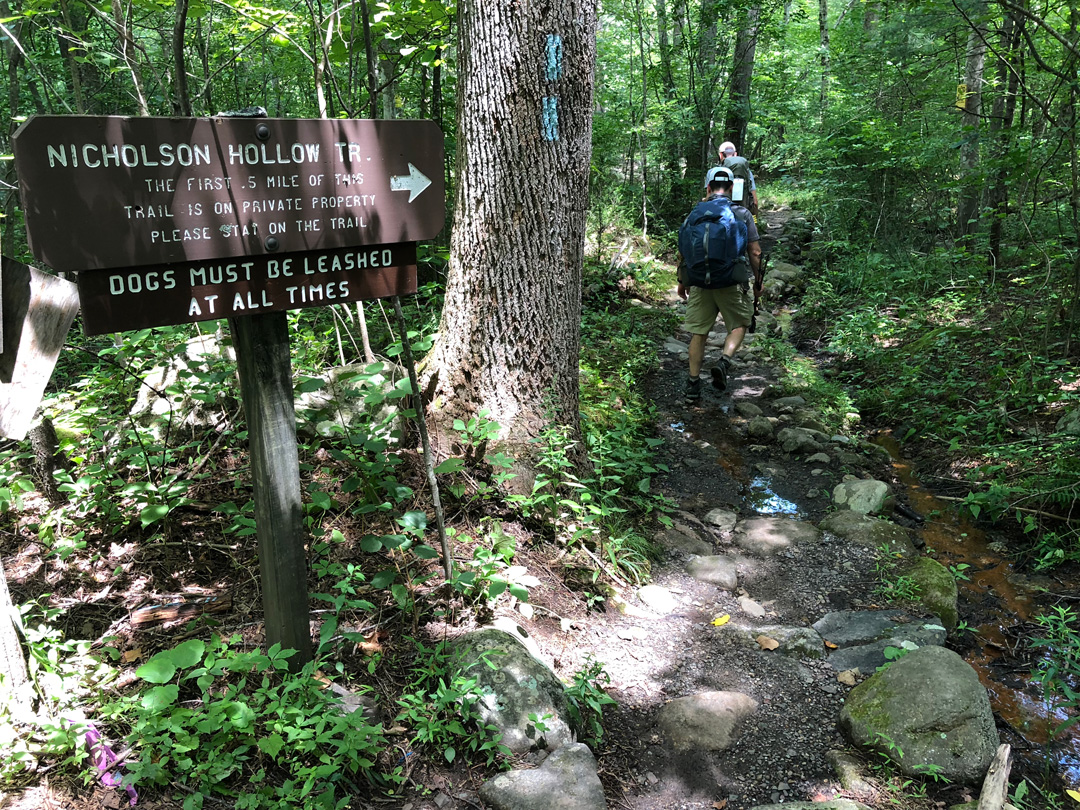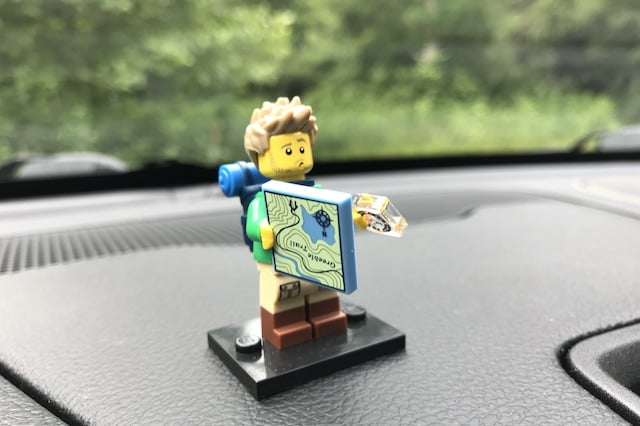
Backpacking in the Southeastern United States in the fall can be challenging on account of unpredictable weather conditions and water availability; two things that get particularly interesting as winter nears. Knowing this, I researched a number of trail options before settling on the Wild Oak National Recreation Trail (TWOT) within the George Washington National Forest just west of Staunton, Virginia.
Designated as a National Recreation Trail in 1979, the Wild Oak Trail is a 27-mile loop offering 7,000′ of elevation gain, sweeping views, and a long, wide river that winds its way through the wilderness. I suggested the route and the nearby Triple Crown to my buddy, Coop, and brother-in-law, Ken, and we agreed to hit up Wild Oak for our next adventure.
READ MORE













